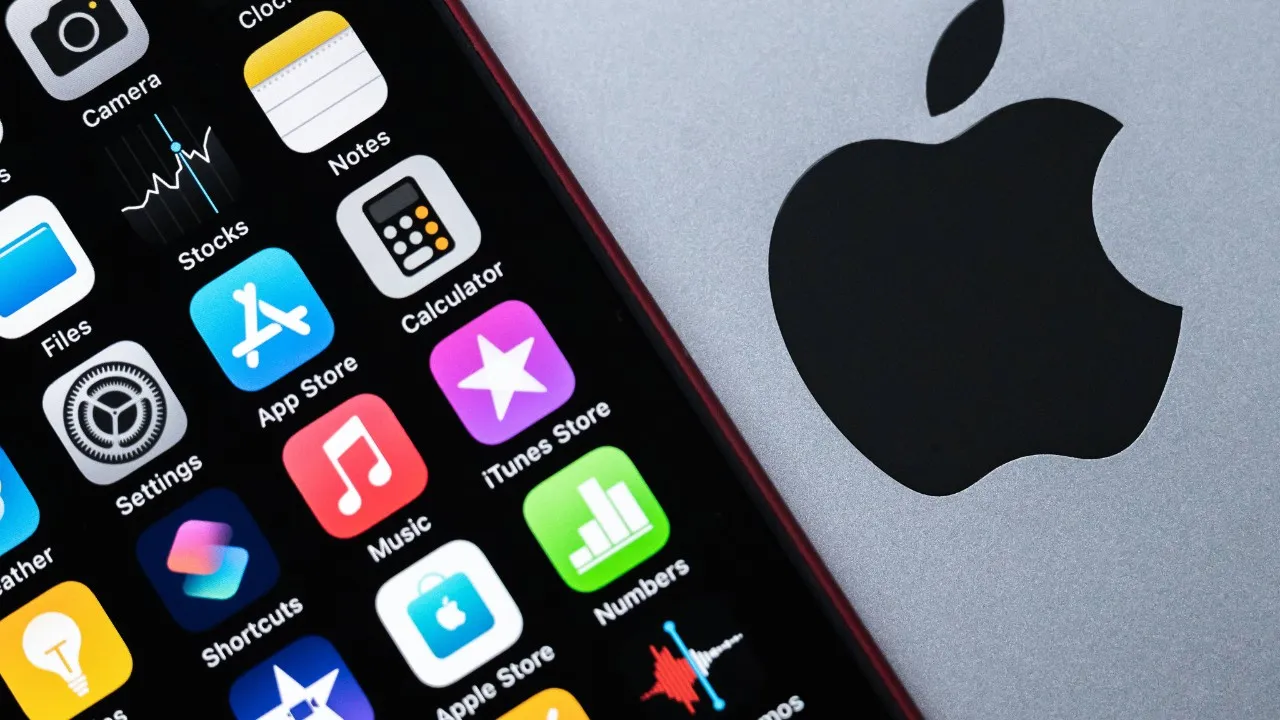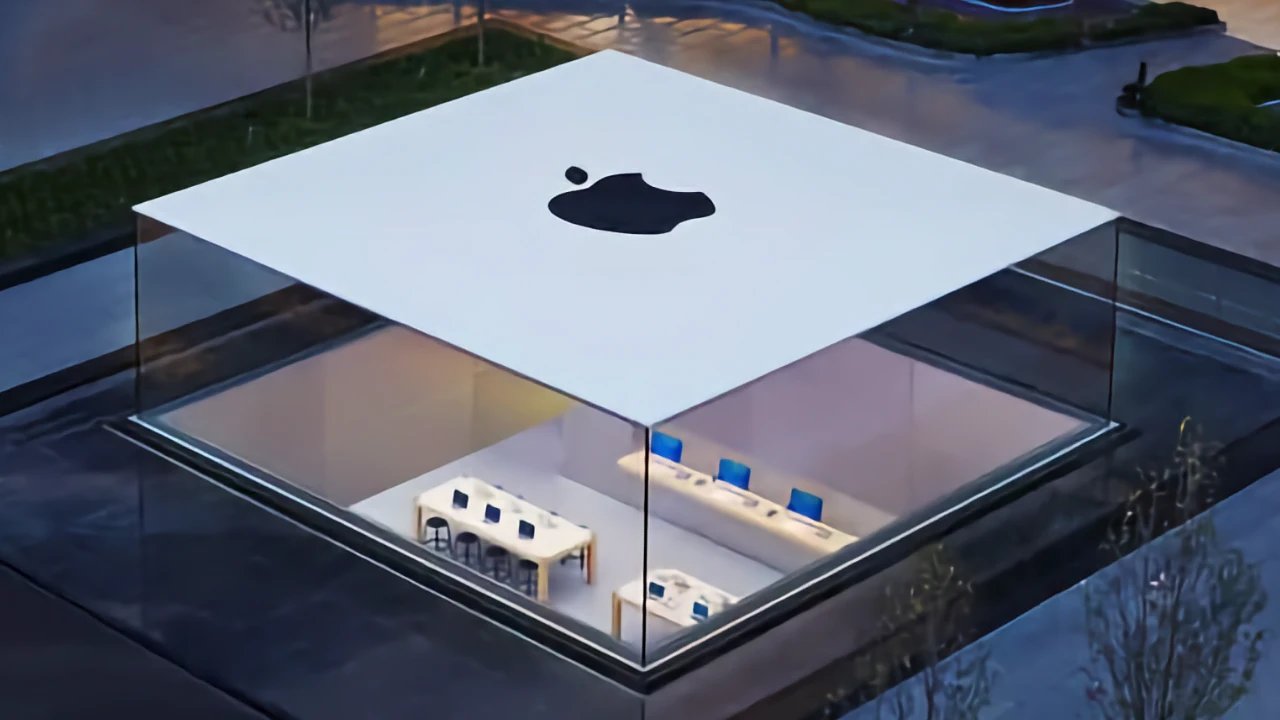Apple is facing a challenging period in China, its largest stronghold in recent years. On August 9th, the company announced that it will permanently close its store at the Parkland Shopping Center in the northeastern city of Dalian. While this decision may seem like a strategic shift on its own, when combined with market data, it forms part of a much larger picture.
Apple Loses Weight, Huawei Reaches the Top
According to research firm Canalys’ Q2 2025 report, Apple has suffered a significant loss in the Chinese smartphone market.
- Huawei: With its strong push, it regained its leadership position, selling 12.2 million units and gaining 18% market share.
- Vivo: Came in second with 11.8 million units sold.
- Oppo and Xiaomi: Followed Vivo with their strong performances. Apple: Despite being in the top five with approximately 10.1 million units sold and a 15% market share, Apple has fallen to the bottom of the list.
These figures clearly illustrate why Apple’s sales in China have declined for six consecutive quarters, and its revenue is down approximately 10% from its 2022 peak.

The overall decline in customer traffic at the mall is cited as the reason for the closure of the Chinese store. The withdrawal of other luxury brands like Michael Kors and Armani from the same mall suggests that the problem isn’t unique to Apple but reflects the general weakness in consumer spending in the Chinese economy. Despite government efforts to stimulate consumption, such as trade-in programs and subsidies, consumers remain cautious.
Despite this negative outlook, Apple isn’t completely withdrawing from the Chinese market. The company will maintain a presence in Dalian with another store and plans to open a new, modern store in the tech hub of Shenzhen this month. With this move, Apple aims to optimize its retail network by maintaining the total number of stores in China (58 units) by the end of 2025.













